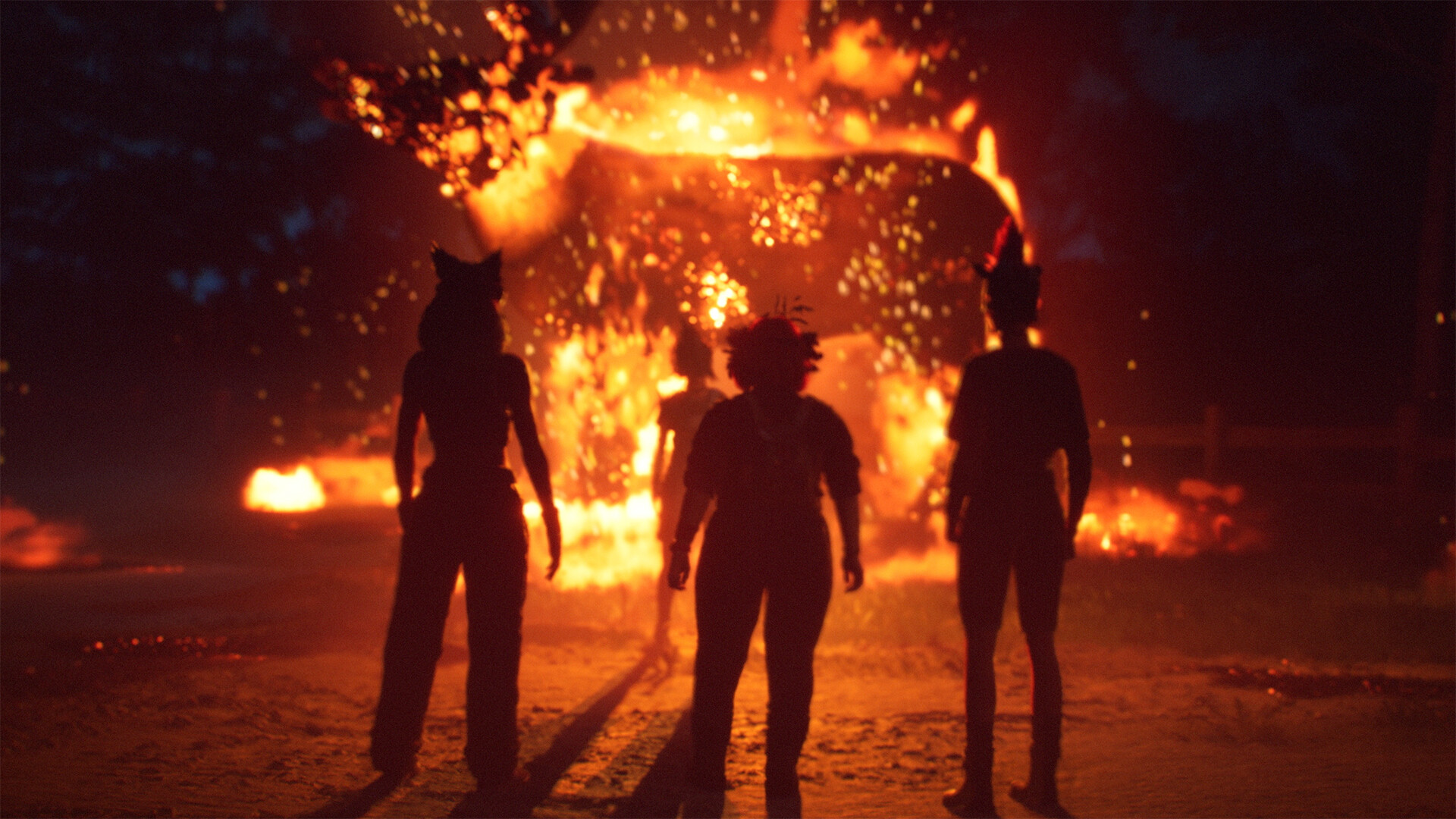How accurate is Fallout's portrayal of actual fallout?
War never changes
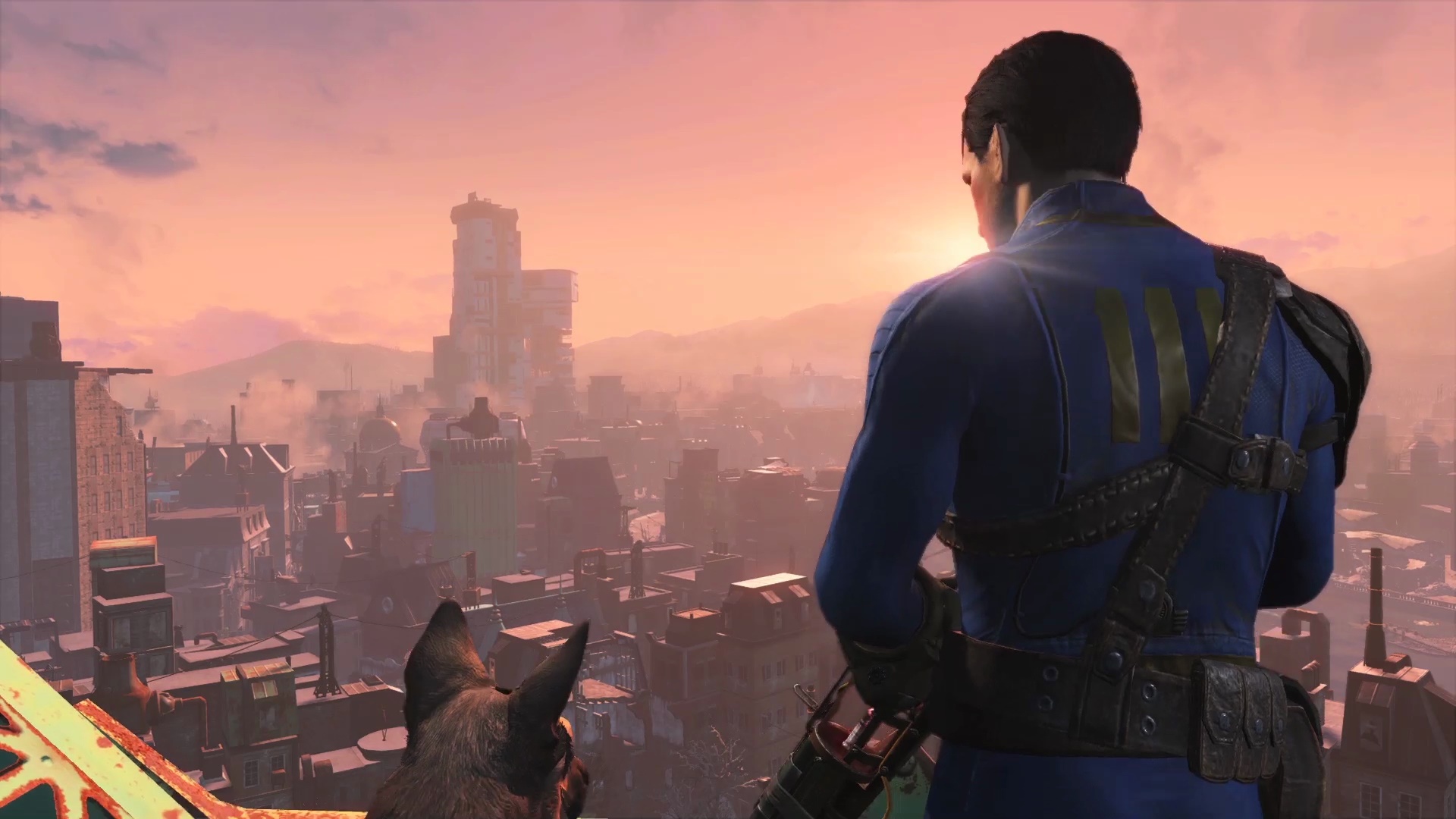
The vision of the United States as portrayed by the Fallout series is as alien as it is familiar. Wandering the desolate wasteland, you'll find the remnants of cars and buildings seemingly pulled forward in time from the 1950s, alongside soldiers in steel power armor, roaches the size of house cats, and futuristic laser guns. Since Fallout 3, the series has tried to accurately render iconic cities, showing what our society would look like hundreds of years after the ravages of a nuclear war.
But is its portrayal of such a war and the ensuing, well, fallout entirely accurate? Like most post-apocalyptic fiction, various details found in the sprawling RPG series are based in fact, while others are tweaked or played up for dramatic effect. Fallout is as much inspired by comic books, films, and other pop culture of the Cold War era as it is the actual history, so let's separate the fact from fiction and see just how much Fallout gets right.
Likelihood of nuclear holocaust
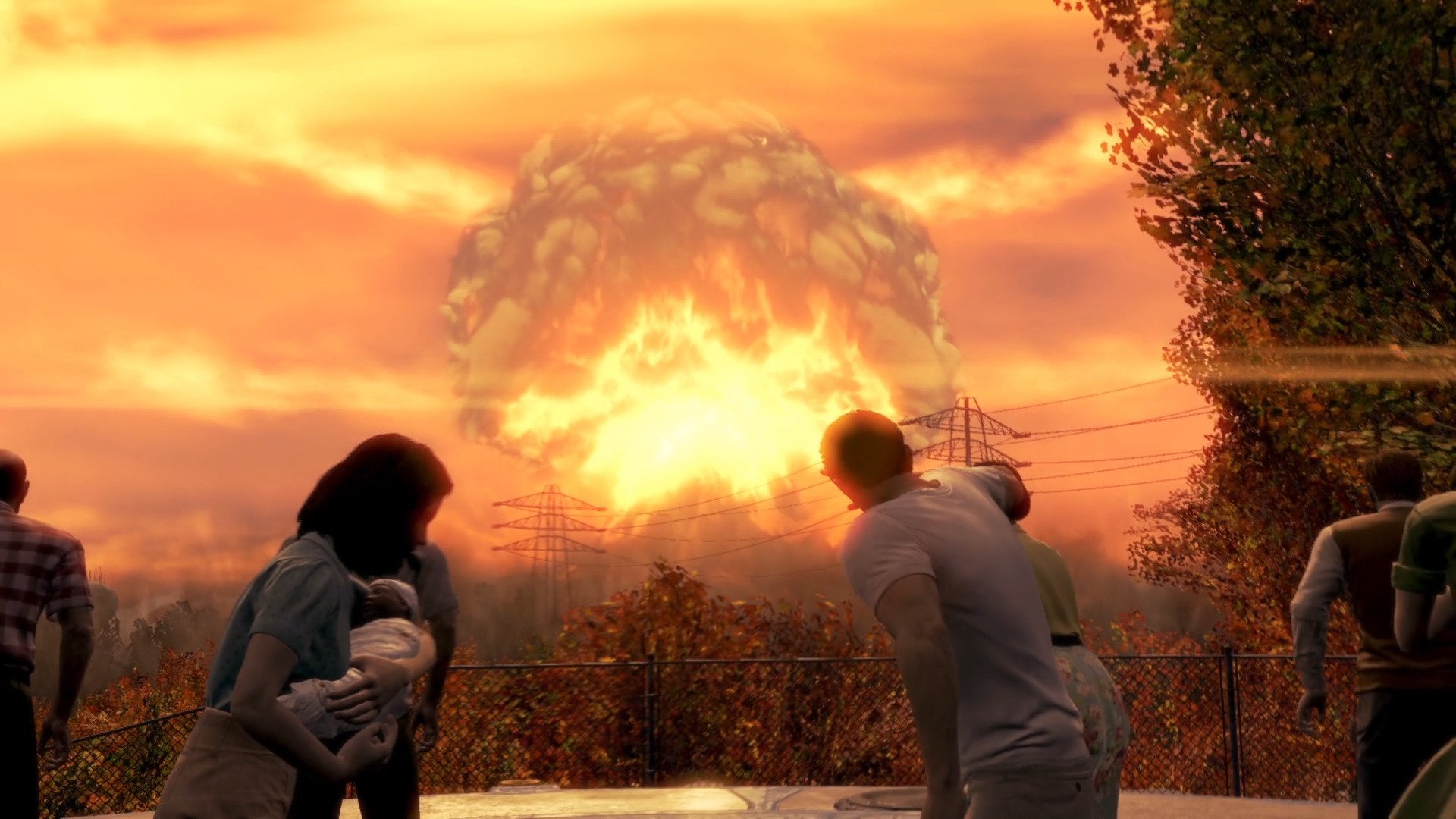
Fallout's reality: Considering the game is called 'Fallout', nuclear war is an inevitability. In the year 2050, the world begins to suffer from the worst energy crisis it's ever seen, increasing tensions between global superpowers like the United States, China, and the Soviet Union (remember, the Cold War never ended in Fallout's version of global history). This creates a volatile powder keg, until suddenly and without warning, nations begin launching nukes at each other, kicking off what became known as the Great War in 2077.
Our reality: The Doomsday Clock is a symbol designed by the world's leading scientists and physicists in order to express how close we are to destroying our own civilization - when the clock hits midnight, we're effectively screwed. As of this publication, the Clock is sitting at three minutes to midnight. The reason for this is a combination of factors: mainly, nuclear proliferation, global warming, and biotechnologies. Ironically, all-out nuclear war seems to be less of a threat than it was during the Cold War and the years leading up to the series' first entry, with global warming becoming the new risk to human sustainability. That said, the abundance of nuclear energy and missiles available around the world can mean utter devastation if they fall into the wrong hands.
State of the world after nuclear attack
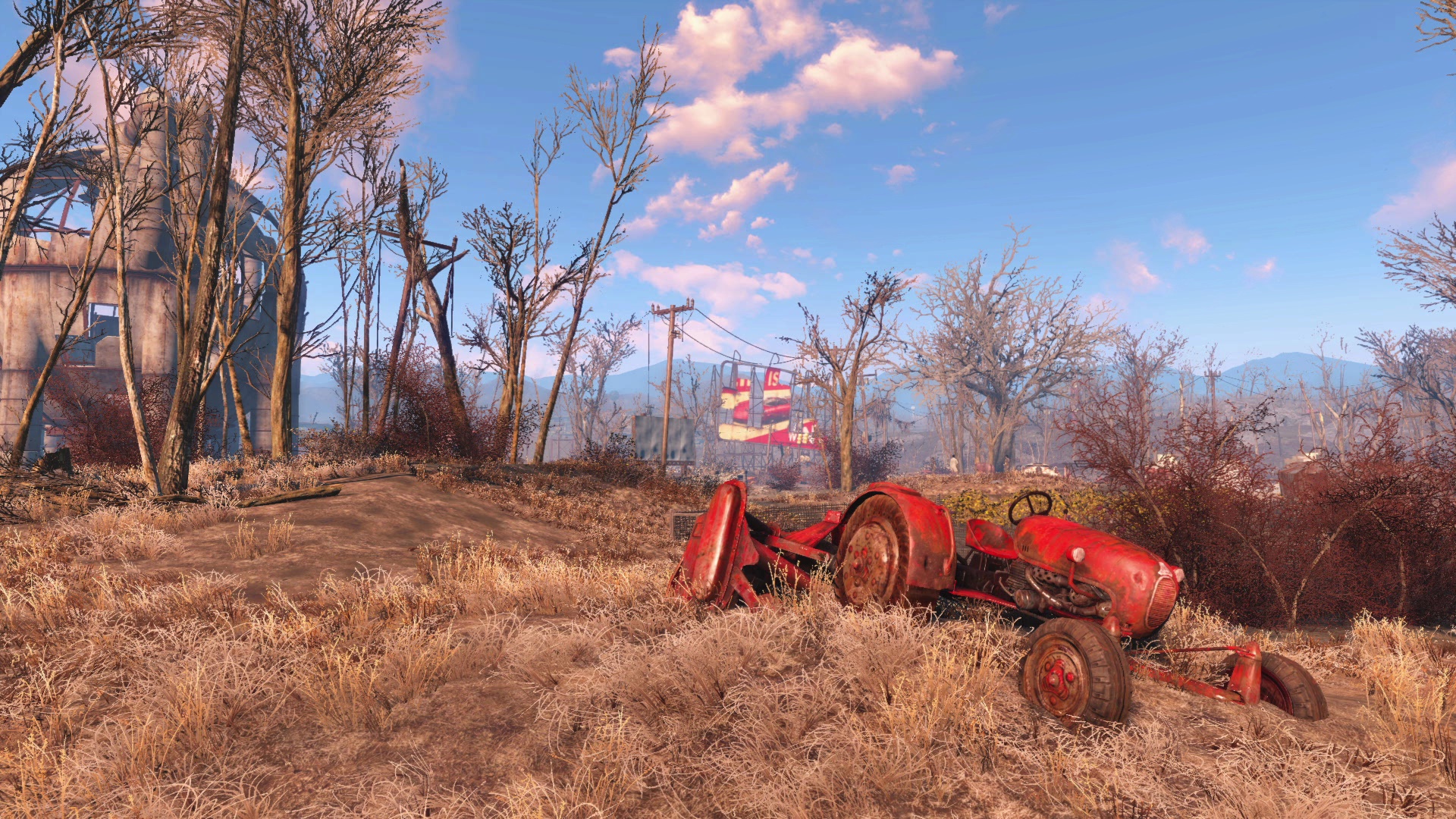
Fallout's reality: The war only lasted two hours, but it forever changed the global landscape, turning much of the planet into a permanent desert soaked in radiation. Water became undrinkable, tainted by ash and radioactivity. Electromagnetic pulses knocked out a majority of humanity's electrical equipment. Lucky humans were able to seek shelter and survive in underground vaults, others made do with sewers, tunnels, subways, or other underground facilities. Those unfortunate to be stuck above ground scrounged for whatever resources they could. While vaults started opening within mere decades after the attack, and life began to return in some fashion, a real chance at a fresh start came nearly 200 years after the attacks, with the success of Project Purity.
Our reality: There's a lot of guesswork about what would happen should a large-scale nuclear attack actually occur, but computer models have simulated what would happen after a "limited, regional nuclear war" between India and Pakistan. After such a war, tons of black carbon would enter the atmosphere, causing the the average global temperature to drop by two degrees Fahrenheit. It doesn't sound like much, but it's enough to destabilize the entire planet's climate, reducing rainfall and causing widespread crop shortages. That's in addition to the long-term radioactive effects of each blast. The world may not be a total desert, and billions of people may ultimately survive the cataclysmic event, but the world would be essentially ruined for the foreseeable future.
Survivability of wildlife/humanity
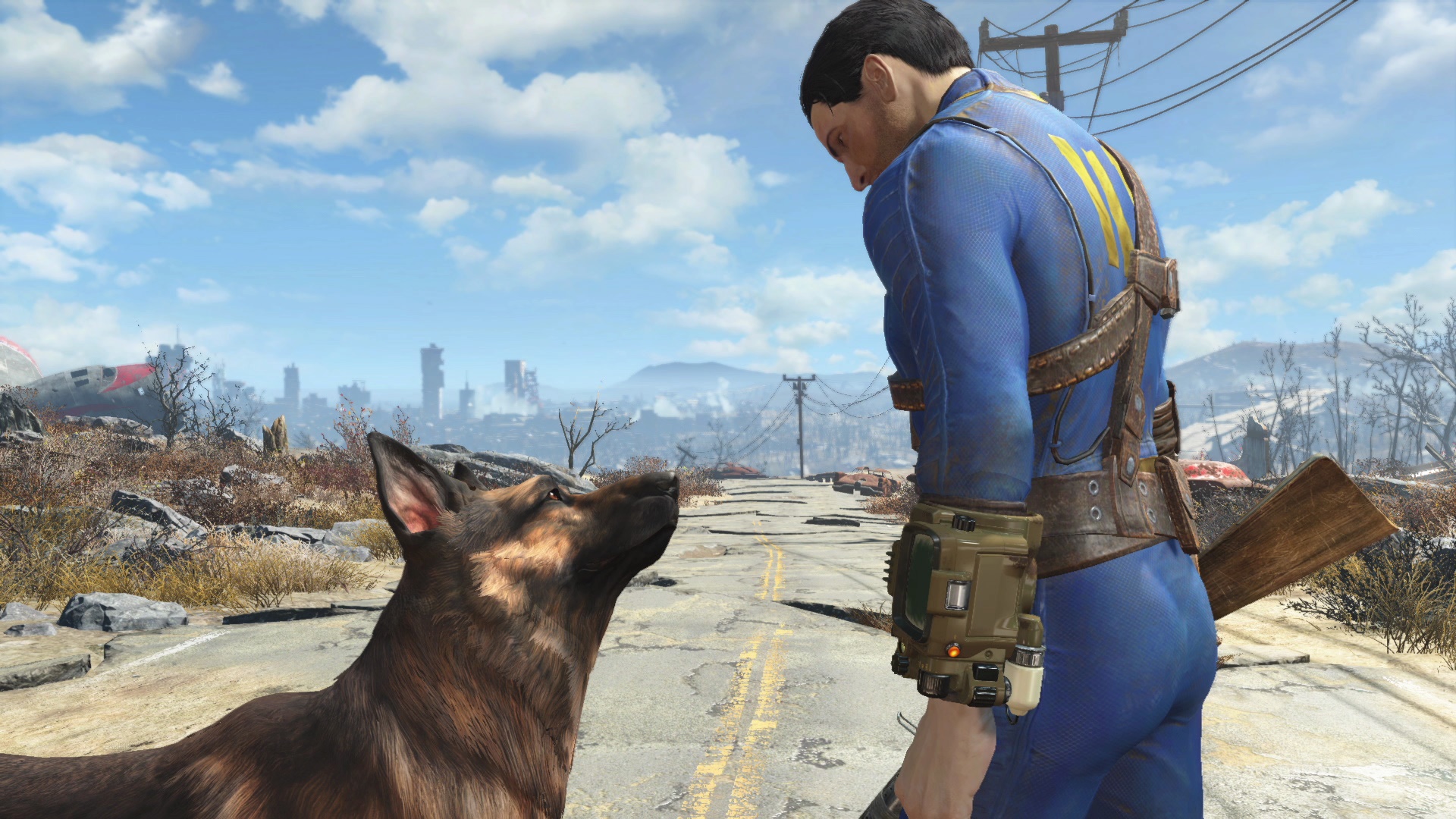
Fallout's reality: Life in the wasteland is tough, but humanity has a habit of adapting to its surroundings, building ramshackle settlements and making the best of a bad situation. The flora and fauna seem to be doing pretty well too, considering. There are pockets of radiation throughout the wasteland, food and supplies are relatively scarce, and you probably want to be careful with the water you drink, but after the initial blast, life seems to have found a way to equalize - only with, you know, roving gangs of bandits or packs oversized mutant scorpions.
Sign up to the GamesRadar+ Newsletter
Weekly digests, tales from the communities you love, and more
Our reality: We're still learning about what would happen to life found inside a nuclear wasteland, and Chernobyl provides our best case study. A recent article in The Washington Post details an examination of Chernobyl's ecology between 2008 and 2010. Their research found that animal populations aren't just thriving post-nuclear fallout, but they're potentially higher than they once were, thanks to the lack of human activity in the region. While the study wasn't able to delve into effects of radiation on the animals at the molecular level (because of how dangerous it is to actually travel into Chernobyl on foot), they surmised that the animals should be relatively healthy due to the presence of wolves in the region. Wolves are considered "apex predators", and if they're doing well, that means the rest of the fauna should be thriving as well.
Underground vaults
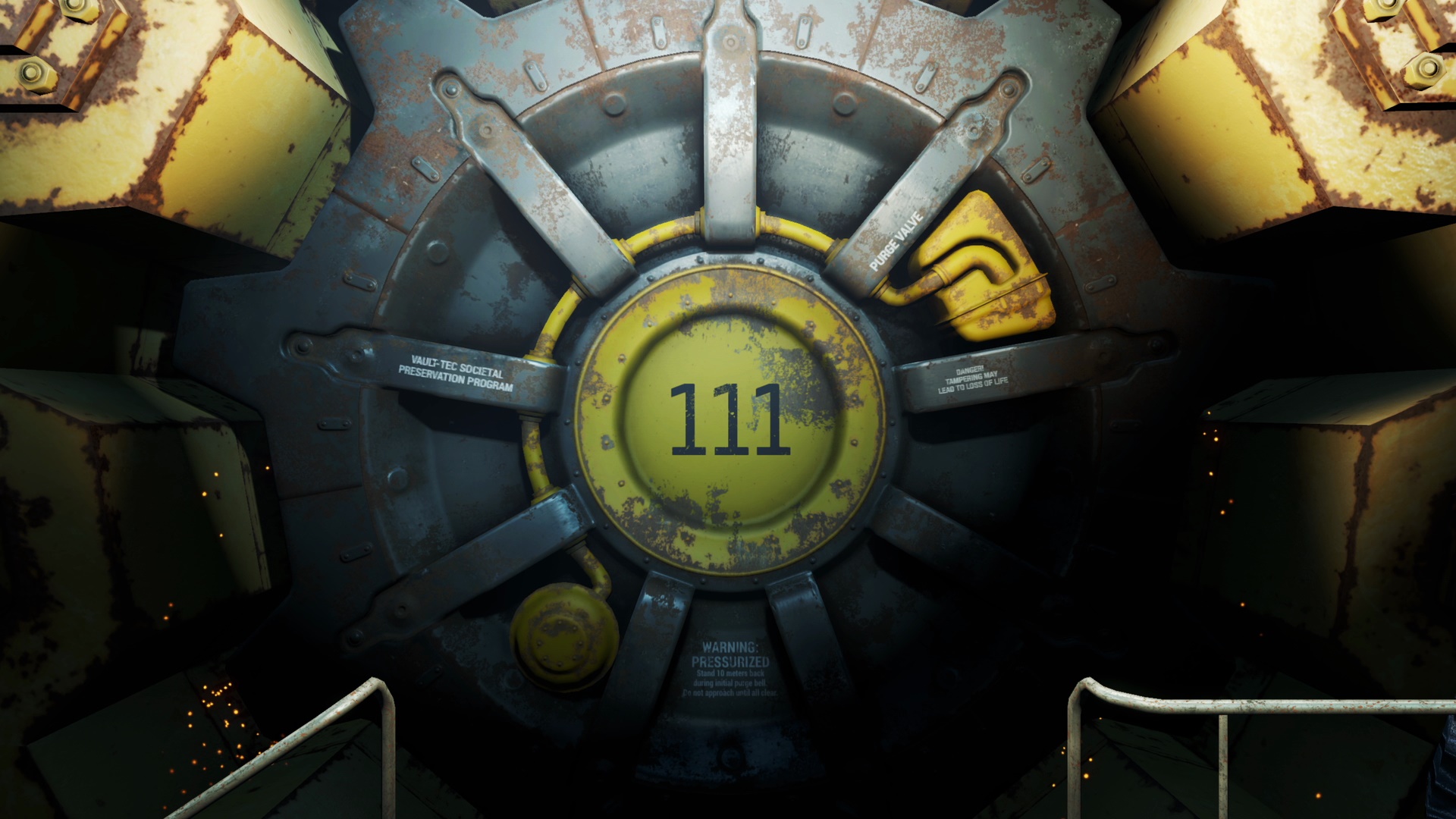
Fallout's reality: Designed by Vault-Tec, the underground vaults were built with two purposes in mind. On the surface, they were meant to house a small human population should a nuclear war actually happen, though with only a hundred or so in existence, there's no way they could rescue a significant portion of the population. Their real purpose, then, was to act as a series of social experiments run by the United States government. Either way, vaults were designed to be self-reliant, able to sustain life for 900 years - well, that's what the brochures said, at any rate.
Our reality: Fallout shelters are important, but you don't need something as opulent as one of the game's many vaults, and you don't need to live inside them for nearly as long as you'd think. According to How Stuff Works, if your shelter is located at ground zero, it better be able to withstand at least 50 pounds of pressure (or it'll collapse and/or your innards will liquify from the shockwave) and it better be underground (so the soil can absorb the radiation). The further from the blast you are, the better chance for survival you have. Once you've survived the initial bombing, you better hope the shelter has enough food and water to last you at least two weeks, which should be enough time to ride out any lingering radiation in the area. Make sure you have decent air filtration, or you'll suffocate - to help, you can build a Kearny Air Pump with relatively easy-to-find materials, which will allow air to filter in and out at acceptable radiation levels.
Radiation sickness
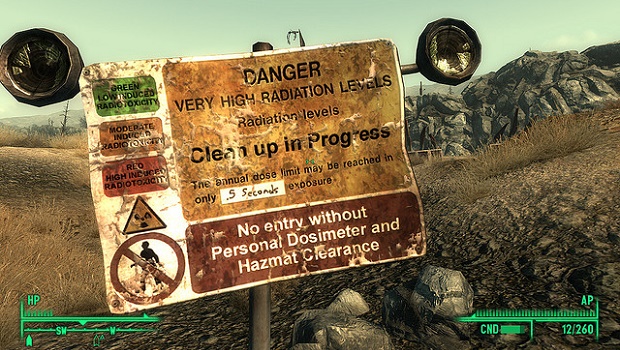
Fallout's reality: Radiation sickness is a real pain, and prolonged exposure will remove a significant chunk of your health until you de-radiate yourself. Certain spots in the world will make you sicker much faster, and drinking exposed water isn't the best idea either. If you catch it in time, though, a few Radaway pills will cure you in no time flat, while Rad-X will help increase your resistance to the invisible toxin.
Our reality: It's referred to as acute radiation syndrome, and its effects are far more deleterious than Fallout would lead you to believe. Depending on the strength of the radiation, your distance away from the source, and the length of exposure, you can suffer from a range of symptoms, from nausea and vomiting, to cancer, and even death within a few hours of exposure - and if it doesn't kill you, the effects can last for months, even with regular antibiotic treatment and blood transfusions.
Mutation
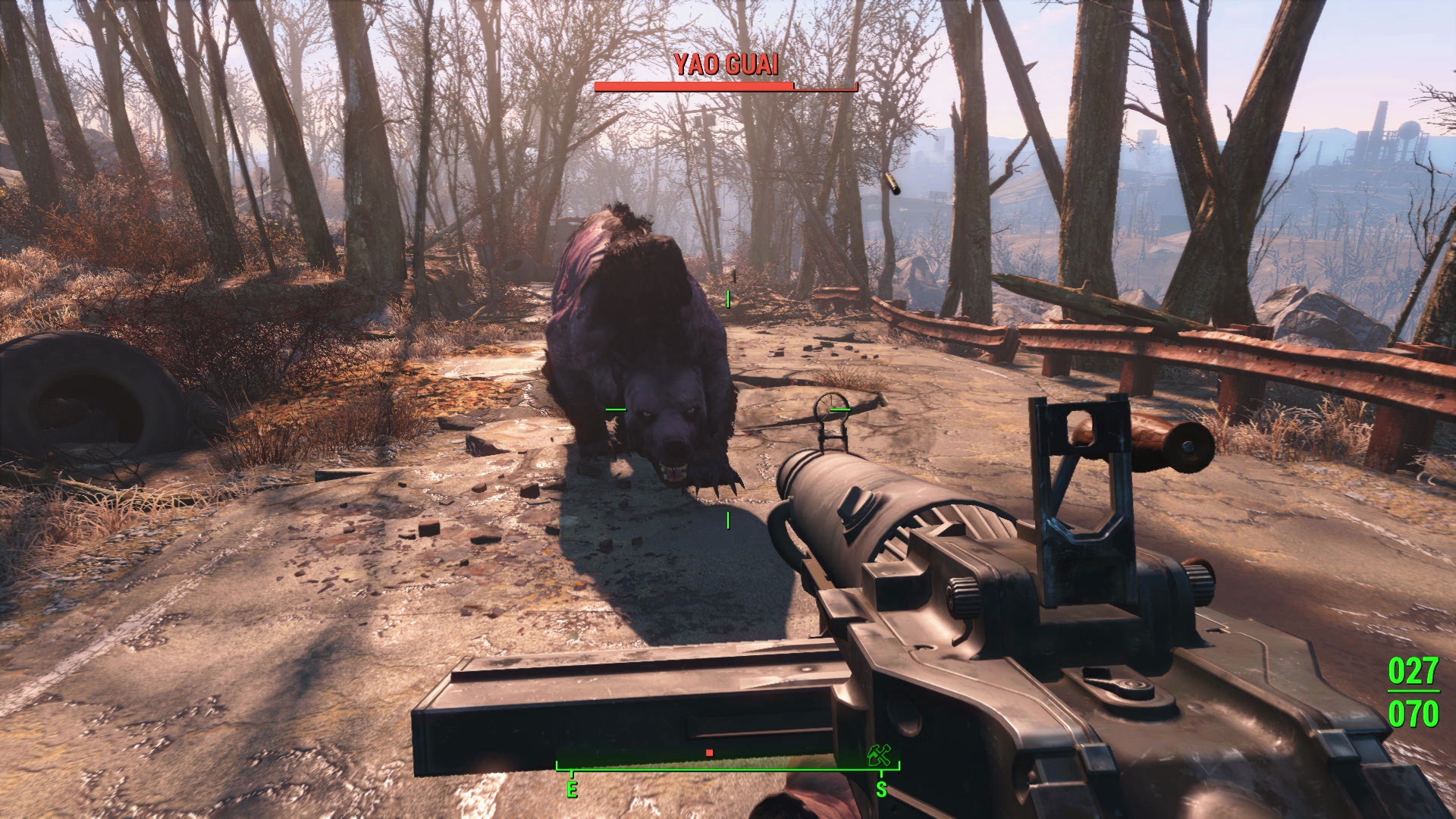
Fallout's reality: If the prolonged exposure to radiation doesn't kill you, you're probably screwed in a completely different way, as your DNA mutates and makes you look like a decaying zombie - lovingly known by citizens as a 'ghoul'. Animals have also mutated, creating absurdly large mantises, geckos, radscorpions, rats, and two-headed cows call brahmin. Other beasts, like the super mutants and deathclaws? Well, those are the result of genetic engineering, completely separate from the effects of the Great War.
Our reality: Radiation can, and will, cause DNA and cellular structure to shift in such a way that physical abnormalities can occur, but nothing like you would see in Fallout. Once again, we look to Chernobyl. A Swedish scientific illustrator visited the region in 1986 to study and document her findings, and her paintings show a variety of defects - things like stubby antennae, asymmetrical growth, and other deformities. Other studies showed defects like tumors and deformed appendages or feathers in barn swallows, and if an affected animal mates and gives birth, the offspring could potentially inherit those mutations. What radiation doesn't do is cause an animal to grow hundreds of times its size or grant it super-strength.

